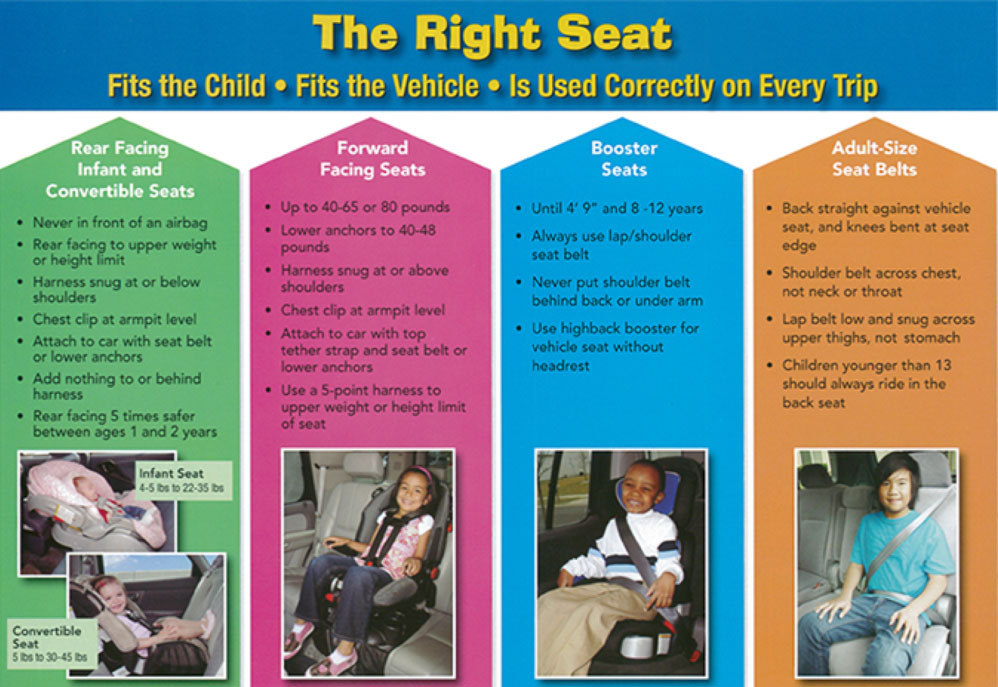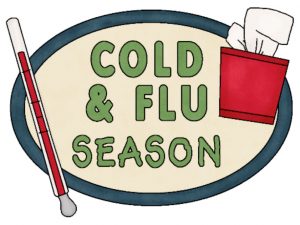In 2014, the American Academy of Pediatrics and the American Dental Association changed the recommendation of when to start fluoride containing toothpaste. Now, it is recommended to start using a fluoride toothpaste at the time of first tooth eruption. A smear the size of a grain of rice should be used until your child turns 3 and then after your child should use a pea sized dollop. This has been shown to help prevent dental caries (cavities). For more information on cavity prevention please visit : https://www.healthychildren.org/English/ages-stages/baby/teething-tooth-care/Pages/How-to-Prevent-Tooth-Decay-in-Your-Baby.aspx
-
Recent Posts
Palos Park Office
One Park Place
8100 W. 119th St
Palos Park, IL 60464
Tel: (708) 361-3300
Fax: (708) 361-8139Mokena Office
9400 Bormet Drive
Mokena, IL 60448
Tel: (708) 479-7337
Fax: (708) 361-8139



 Annually all persons over 6 months of age should receive the annual seasonal flu vaccination. While the Center for Disease Control (CDC) recommends that the flu vaccine should be received shortly after it becomes available, if possible in October, vaccination should and does continue throughout the flu season. Each year the Flu Season varies, starting as early as November and often continues into April with the peak being January and February. Therefore, vaccination in December and even January can be timely. Typically, it takes two weeks for the vaccine to provide protection so getting the vaccine yearly as soon as possible is beneficial. Additional information about the seasonal flu vaccine can be found at
Annually all persons over 6 months of age should receive the annual seasonal flu vaccination. While the Center for Disease Control (CDC) recommends that the flu vaccine should be received shortly after it becomes available, if possible in October, vaccination should and does continue throughout the flu season. Each year the Flu Season varies, starting as early as November and often continues into April with the peak being January and February. Therefore, vaccination in December and even January can be timely. Typically, it takes two weeks for the vaccine to provide protection so getting the vaccine yearly as soon as possible is beneficial. Additional information about the seasonal flu vaccine can be found at 